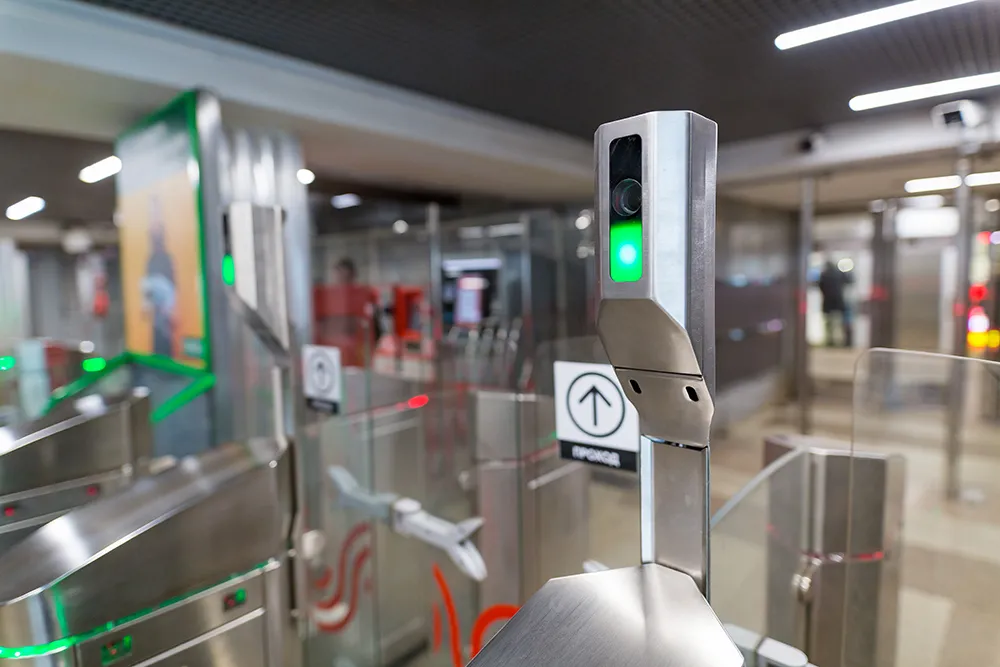For the first time in 25 years, no deaths occurred as the result of a
traffic crash in Jackson, Tennessee, the city announced at a news
conference yesterday. In 2006, the year the Jackson Police Department
began using
According to Police Chief, Gill Kendrick, “The Jackson Police Department would like very much to offer both thanks and congratulations to the people of Jackson on this accomplishment. Certainly the red-light cameras and the speed van are not entirely responsible for the decrease. It takes the support of Judge Blake Anderson, who has made safer roadways a priority at City Court. It takes the work done by the engineering department, which has made improvements to roadways that enhance safety. Mostly, it takes the efforts of drivers to be more cognisant of safety each and every time they get in a vehicle.”
Kendrick continued, “People sometimes criticise the red-light cameras and speed van. Please keep in mind that we are not asking citizens to do anything new. We are just asking citizens to stop at red lights and obey the speed limit. Those who simply obey the traffic laws will never participate in the photo safety programme. To ensure the safety of the citizens of Jackson, the officers of the Jackson Police Department will continue their intensive efforts to remove impaired drivers from the roadways. Because speeding, running red lights and non-compliance with the safety belt and child restraint laws place people in danger, these laws will continue to be vigorously enforced as well.”
ATS has been serving the City of Jackson with intersection safety cameras since July 2006. The speed van was added in September 2009. Red-light cameras are located at four intersections in the city while the van deploys at different locations throughout the city to discourage drivers from speeding.








